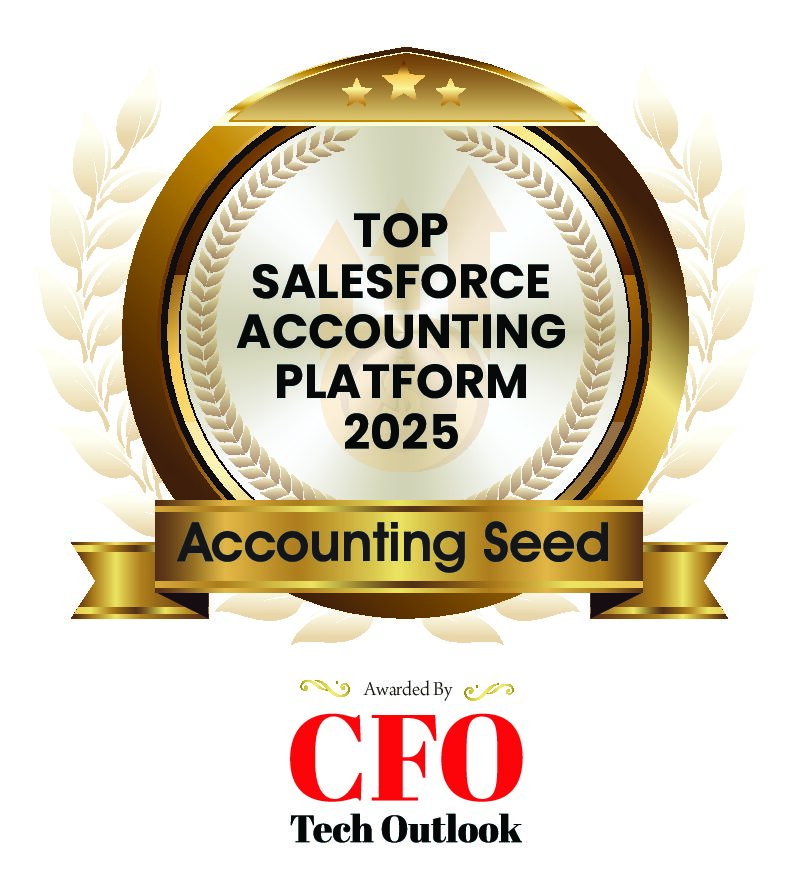
With businesses still recovering from the effects of COVID-19, learning ways to optimize cash flow and save money is crucial. Cost management involves estimating, allocating, and controlling costs, to remain on budget and conserve resources. This also helps you predict future expenses and lower the risk of budget overrun.
Newsletter sign up
"*" indicates required fields
Check out these proven ways to improve your cost management strategy:
Understand Your Financial Structure
The key to successful cost management is understanding your cost structure, which involves your fixed and variable expenses.
Variable costs are dependent on your production output. They include things like labor, commissions, and raw materials.
Fixed costs are expenses that remain the same regardless of your production output, such as your lease, utility, and insurance.
By analyzing your variable and fixed costs, you can make better decisions on whether to invest in equipment or methodologies to lower variable costs. For example, if your company incurs high direct labor costs, consider purchasing new machinery or equipment that lets you increase your production without the need for additional overhead.
Automate Your Accounting
Business automation is a surefire way to reduce your costs and errors.Modern accounting software can unlock the full potential of your accounting by ensuring accurate, up-to-date data. With accounting automation, there’s no need to build complex ledger files anymore, saving you time and money on overhead.
Comprehensive accounting tools also offer other benefits like cloud storage and real-time data, for safer, more accessible financial information. That said, implementing automated accounting is a major step in scaling your operations and making it easier to manage cost management in a more streamlined way.
Use Analytics To Improve Your Business Processes
Business analytics is a powerful tool that helps you make informed decisions for developing flexible, sustainable cost management strategies.Here are some of its major advantages:
- Analyzing data helps you identify new opportunities that may have been overlooked, such as new customer segments. This is important for increasing business cash flow and growing your organization.
- Historic data helps you spot trends or shifts in what your customers buy. This helps you understand what products should be updated or highlighted and the associated costs.
- Furthermore, data analytics helps streamline your supply chain, improve business processes, and pinpoint ways to enhance your products and customer engagement.
Overall, data mining and analysis help reduce costs by helping you identify and manage financial risks. Data analytics will also help you identify trends pertinent to your business and help you make the best decisions to thrive in the current marketplace.
Don’t Overlook Time-Tracking
Time is money – isn’t it how the saying goes?
As more companies shift to remote setups, innovative time and attendance software ensures that your employees stay productive.
This solution allows employers to automatically monitor productivity and be aware of progress in real-time. The entire company benefits from, saving hours of planning and helping eliminate spreadsheets. Additionally, these products help manage your overhead costs by ensuring that your staff stays within forecasted budgets.
Practice Business Process Outsourcing
Many companies outsource certain tasks to a third-party provider to prioritize their time and focus on core business operations.
However, this undertaking is not without its problems. Some of the biggest challenges of business process outsourcing are overdependence on suppliers and communication issues with them.
That said, it’s important to focus on results, such as customer satisfaction, to measure the return on investment for outsourced services.
When choosing a supplier, look for a company that has specific experience with the type of project you’re undertaking. Basing solely on price might cost you more in the long run. Choose a vendor that offers a good balance of value and quality results.
Conclusion
Whether you’re a start-up or an established company, controlling costs should always be one of your main priorities.
By incorporating these cost management strategies, you can significantly lower your costs and maximize your earnings. At the same time, these techniques can help streamline operations and improve the quality of your products or services.
About the Author
Meggie Nelson is an HR Manager at AMGtime and a passionate freelance writer with an ongoing curiosity to learn new things. She is deeply convinced that valuable experience sharing is key to business success. Meggie believes in a win-win formula and utilizes it on a daily basis in staff management.
See Accounting Seed in action
Get a close-up view of how accounting on Salesforce can eliminate the need for costly integrations—and silos of mismatched information—by sharing the same database as your CRM.



